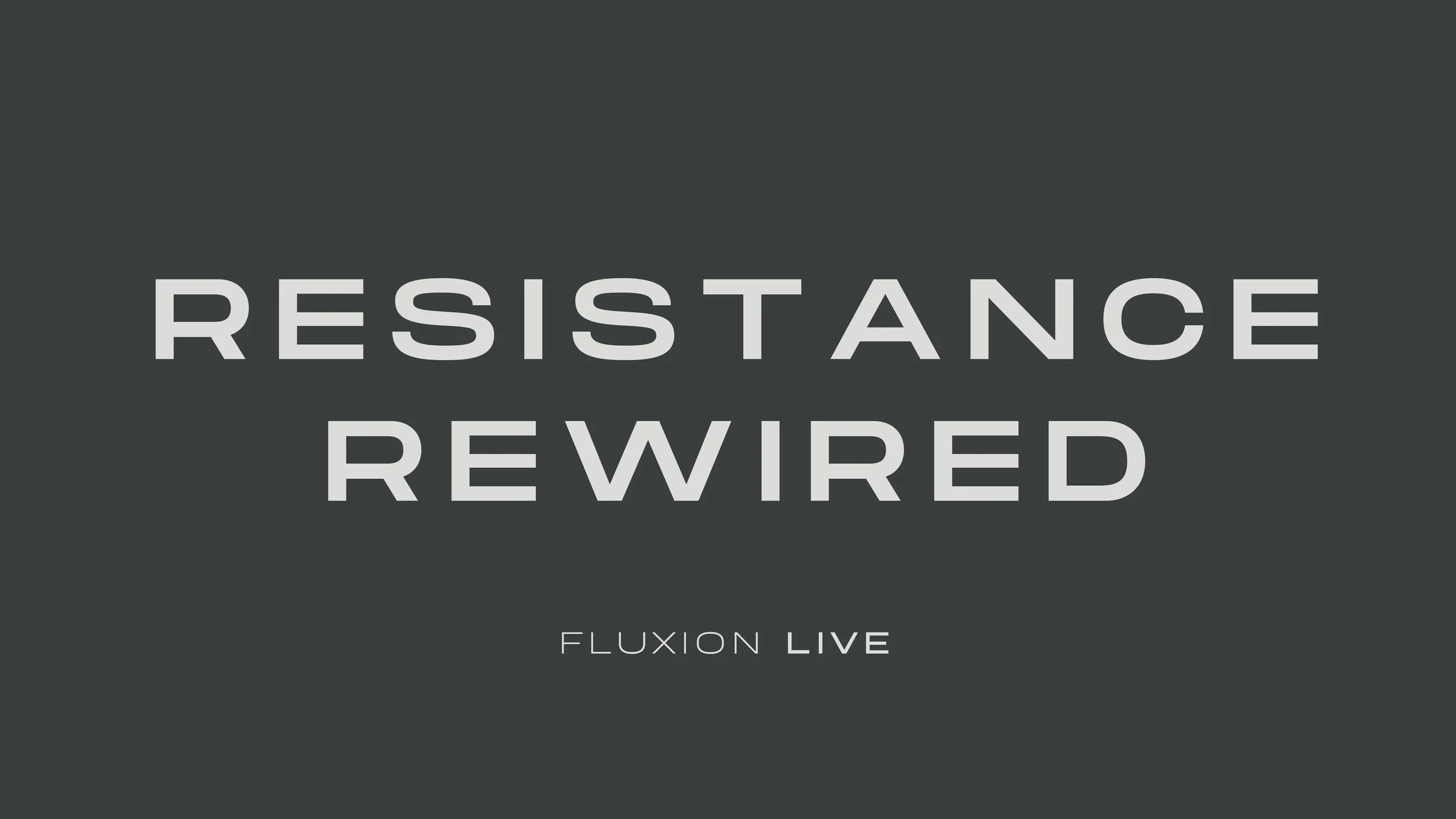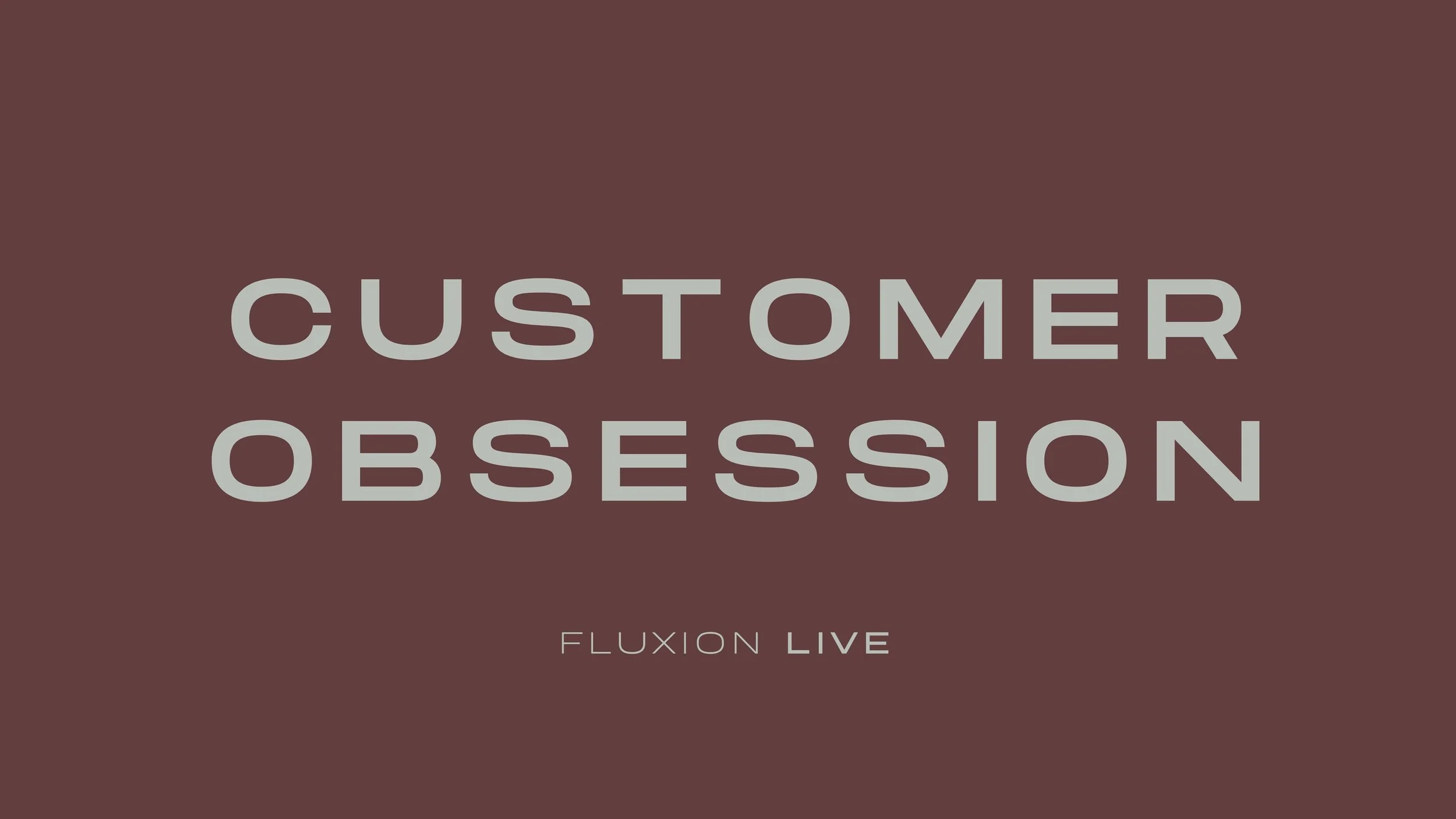The leadership skill we can’t ignore
Let’s be honest, no one enjoys conflict. Even the most experienced leaders feel the tension when faced with a difficult conversation. But here’s the reality: avoiding conflict doesn’t make it go away. In fact, it makes it worse.
In transformation and change, difficult conversations are unavoidable. Competing priorities, shifting expectations, and resistance to change all create friction. And yet, many leaders default to avoidance, hoping that issues will resolve themselves or that a carefully worded email will smooth things over. But avoiding the tough conversations is one of the biggest mistakes you can make. Change is about movement, and conflict, when managed well, is a catalyst for progress.
The Myth of Harmony: Why Avoiding Conflict is a Risk
Many leaders assume that a smooth, conflict-free environment is a sign of success. It’s not. Silence doesn’t mean alignment. More often, it means people aren’t saying what they truly think. The illusion of harmony can be a dangerous trap, it allows unresolved issues to fester beneath the surface until they explode in unmanageable ways.
In organisational change, conflict is inevitable because it exposes what needs to be addressed. It surfaces real concerns, competing perspectives, and hidden tensions that if handled well can drive better decision-making and stronger outcomes. The goal isn’t to eliminate conflict. The goal is to use it constructively.
Redefining Conflict: From Threat to Opportunity
Most of us have been conditioned to see conflict as a problem rather than an opportunity. But if you look at the most innovative, forward-thinking organisations, you’ll find that they embrace constructive conflict as a source of creativity, alignment, and deeper engagement.
Think about it: when was the last time you really changed your mind about something? It probably wasn’t because someone politely agreed with you. It was because someone challenged your thinking, asked you tough questions, and forced you to reconsider your position. That’s what good conflict does, it forces growth.
The Art of Hard Conversations: How to Lead Through Conflict
So, how do we approach difficult conversations in a way that leads to progress rather than paralysis? Here are five principles:
1. Address Issues Early
Most conflicts don’t start as major issues, they start as small tensions. When left unaddressed, those small tensions build into something bigger. A conversation that feels difficult today will feel impossible six months from now.
Get comfortable with addressing concerns early and directly. If you sense friction in a team, don’t wait for it to escalate, create a space for honest discussion.
2. Separate Facts from Stories
One of the biggest reasons conflict becomes unmanageable is because we mix up facts with the stories we tell ourselves.
• Fact: The project deadline was moved forward by two weeks.
• Story: Leadership doesn’t respect our team’s workload and is setting us up to fail.
When you’re in conflict, challenge yourself to separate what actually happened from the interpretations, assumptions, and emotions you’ve attached to it. And when engaging with others, ask: “What’s the story you’re telling yourself about this?” It’s amazing how often we uncover misunderstandings that can be resolved quickly.
3. Lean Into Discomfort
Hard conversations are supposed to be uncomfortable. That’s the point. They require us to be vulnerable, to navigate uncertainty, and to acknowledge things that might be difficult to hear. The mistake many leaders make is trying to make the conversation feel comfortable by softening the message too much, avoiding directness, or dancing around the real issue.
But the best way to make a hard conversation easier is to simply have it. Be honest, be direct, and focus on clarity over comfort.
4. Listen to Understand, Not to Respond
When tensions rise, our default is often to defend our position rather than genuinely listen. But real progress happens when we listen to understand, not just to reply. Try this: repeat back what you heard before responding. Instead of jumping in with your counterargument, say:
“I want to make sure I understand—what you’re saying is X, because of Y. Did I get that right?”
This simple act does two things:
1. It ensures you’re not misinterpreting the other person’s point.
2. It makes them feel heard, which lowers defensiveness and creates space for a more constructive conversation.
5. Focus on Shared Outcomes
When conflict arises, it’s easy to get stuck in an “us vs. them” mindset. But most conflicts aren’t personal—they’re about competing goals, resource constraints, or differing perspectives on the best way forward.
Instead of focusing on where you disagree, shift the conversation to what you both ultimately want. This could sound like:
“We both want this project to succeed, and we both want the team to feel supported. How do we get there in a way that works for everyone?”
By framing the conversation around a shared goal, you turn conflict into collaboration.
Challenging the Norm: Why We Need to Rethink How We Handle Conflict
Many organisations still operate under the belief that conflict is a sign of dysfunction rather than a driver of progress. This outdated mindset stifles innovation, prevents honest discussions, and leads to passive-aggressive cultures where people say one thing in meetings but act differently behind closed doors.
At Fluxion, we believe conflict isn’t a problem to be avoided, it’s a tool to be mastered. The ability to navigate hard conversations with honesty, empathy, and strategic intent is what separates great leaders from average ones.
The Bottom Line: If You Want Change, You Have to Get Comfortable With Conflict
If you’re leading change, you will face resistance, pushback, and difficult conversations. That’s not a sign you’re failing—that’s a sign you’re doing something important. The best leaders don’t run from conflict. They lean into it. They create environments where people can challenge each other productively, speak openly, and resolve issues before they turn into roadblocks.
So the next time you’re faced with a hard conversation, ask yourself:
• Am I addressing this early or waiting for it to escalate?
• Am I focusing on facts, or am I reacting to a story I’ve told myself?
• Am I avoiding discomfort, or am I leaning into it for the sake of real progress?
• Am I listening to understand, or am I just waiting for my turn to talk?
• Am I framing this around shared goals, or am I stuck in a “me vs. them” mindset?
Conflict isn’t the enemy. Avoiding it is. Change leaders who embrace hard conversations, who create spaces for open dialogue, and who manage conflict well are the ones who drive real, lasting transformation.
The choice is yours: avoid the discomfort and let tensions fester, or engage with it and move forward. Which leader do you want to be?
Insights





